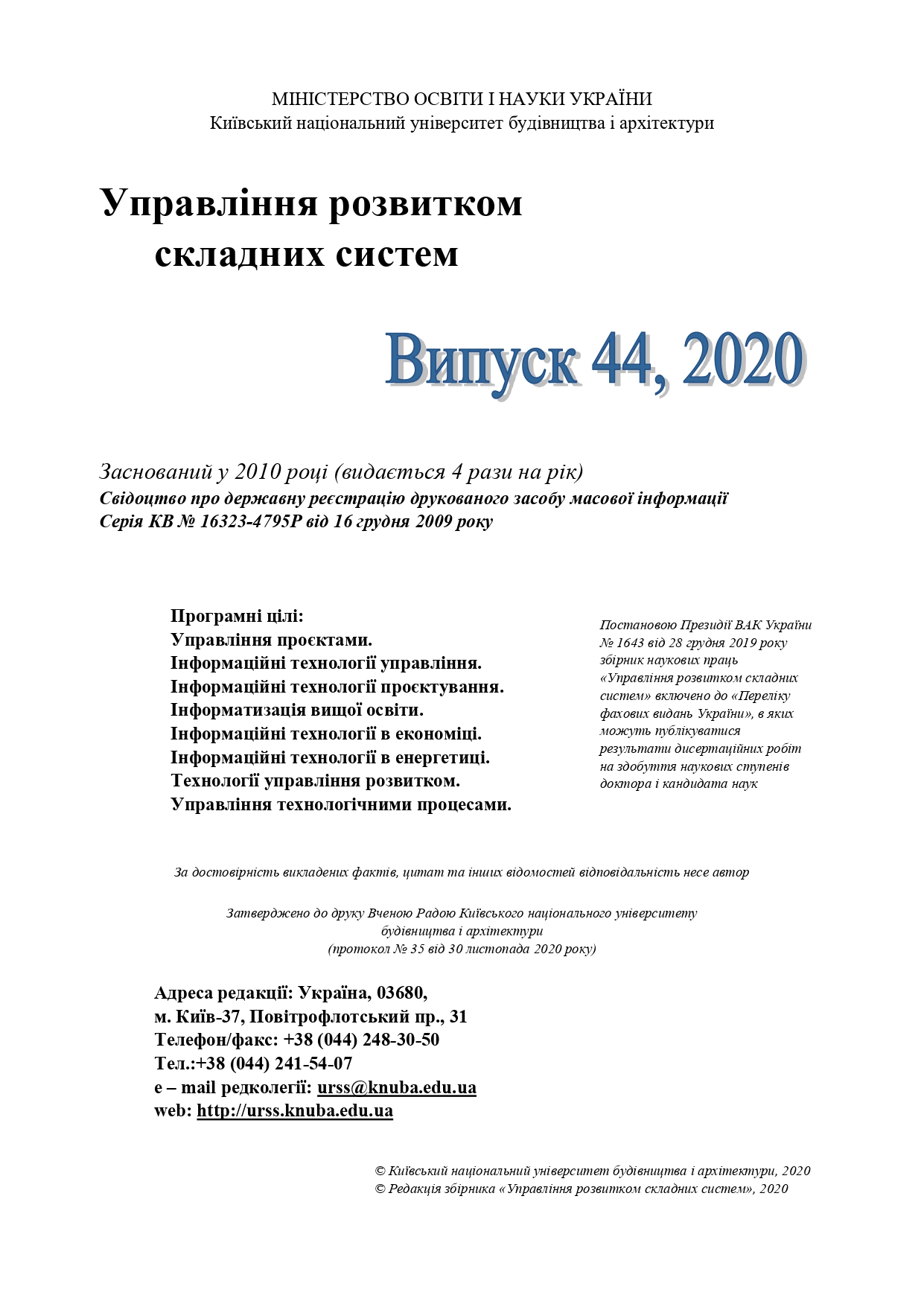MODELS AND METHODS OF ARTIFICIAL INTELLIGENCE FOR CREATING A COMPUTER CREATIVITY PRODUCT
DOI:
https://doi.org/10.32347/2412-9933.2020.44.100-104Ключові слова:
artificial intelligence, machine creativity, heuristic programming, semantic network, frameАнотація
Today, information technology is used in all spheres of human activity, it can greatly simplify the processes that require routine, physical, computational tasks in people’s everyday life and in their production activities. Models and methods that form the basis of information technology impacted by continuous improvement, and this gives more and more new opportunities where they could be applied in practice. Particularly in such areas as artificial intelligence, because each person, for example, uses such indisputable and simply necessary assistants as large electrical appliances that have an intellectual component (refrigerators, washing machines, etc.). And the evolution of artificial intelligence does not stop there, and here we must mention such an important area of human life as recreation. This type of pastime means its classic manifestation, without the use of expensive gadgets, watching various programs on TV or the Internet and even not doing sports at home or outdoors. We mean an intellectual holiday, based on the usual favorite art book, which is read with the sounds of a pleasant melody, with beautiful illustrations, and now, by the way, for some time in scientific circles there is talk of using models and methods to create a creative product. by which is meant a written poem, a literary prose work, a painted picture, and so on. That is, the performance of those tasks that are traditionally attributed only to geniuses, artists throughout the history of human existence. In this article it is offered to consider directions in which researches in creation of a creative product by computers (machines) at use of methods of artificial intelligence take place today. Also briefly described approaches that describe the most advanced ideas for realizing the creative potential of computer machines.
Посилання
Tsiutsiura, Mykola, Yerukaiev, Andrii & Lyashchenko, Tamara, (2020). Balancing the educational space. Main elements of a comprehensive model for assessing the quality of education. Management of Development of Complex Systems, 43, 142–147, dx.doi.org10.32347/2412-9933.2020.43.142-147.
Tsiutsiura, Svitlana, Bebeshko, Bohdan & Khorolska, Karyna, (2020). VR-technology as a modern architecture tool. Management of Development of Complex Systems, 42, 69–74, dx.doi.org10.32347/2412-9933.2020.42.69-74.
Tsiutsiura, Mykola, Yerukaiev, Andrii, Hots, Vladyslav & Kostyshyna, Nataliia, (2019). Implementation of a genetic algorithm using product rules. Management of Development of Complex Systems, 39, 64–68. dx.doi.org10.6084/m9.figshare.11340653.
Tsiutsiura, Mikola, & Yerukaiev, Andrii, (2018). Application of the genetic algorithm for the formation of the membership function of fuzzy sets. Management of Development of Complex Systems, 36, 71–75.
Czukanova, N.I., Majkov, K.A., (2017). Technology for developing expert systems in the language Visual Progolog 7.5. Moscow: KURS, 256.
Vasenina, V.A., (2009). The mathematical foundations of artificial intelligence: the theory of LP-structures for the construction and study of knowledge models of the productive type. Moscow: MCzNMO, 304.
Ruchkin, V.N., Fulin, V.A., (2009). Universal artificial intelligence and expert systems. St. Petersburg: BKhV-Peterburg, 240.
Nikolajchuk, O.A., Pavlov, A.I., & Yurin, A.Y., (2010). Component approach: production expertise system module. Software Products and Systems, 3, 41–44.
Kyivska, Kateryna, Tsiutsiura, Svitlana & Kuleba, Mykola, (2020). Analysis of application of artificial intelligence in BIM-technology. Management of Development of Complex Systems, 43, 97–103, dx.doi.org10.32347/2412- 9933.2020.43.97-103
Mytsel, A., (2005). The use of fuzzy linguistic models in the development of a municipal development strategy. News of Tomsk Polytechnic University, 4(308), 177–182.
Leonenkov, А., (2014). Fuzzy simulation in the environment MATLAB and fuzzyTECH. St. Petersburg, Russia: BKhV – Peterburh.
Rutkovskaia, D., (2013). Neural networks, genetic algorithms and fuzzy systems. Moscow, Russia: Horiachaia lynyia – Telekom.
Shtovba, S., (2007). Designing fuzzy systems by means MATLAB. Moscow, Russia: Horiachaia lynyia – Telekom.
##submission.downloads##
Опубліковано
Як цитувати
Номер
Розділ
Ліцензія
Авторське право (c) 2020 Mykola Tsiutsiura , Andrii Yerukaiev , Mykola Prystailo , Mykola Kuleba

Ця робота ліцензується відповідно до Creative Commons Attribution-NonCommercial-NoDerivatives 4.0 International License.

